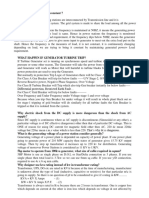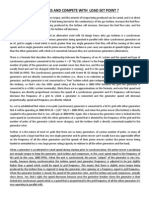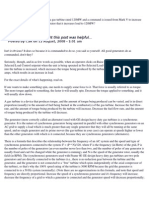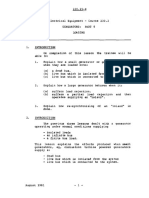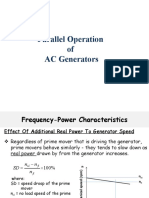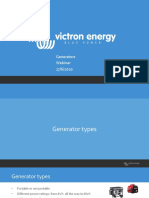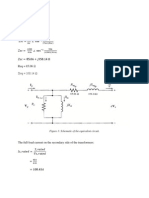0% found this document useful (0 votes)
153 views2 pagesRelationship Between Generator Load and Torque
As generator load increases, the required torque to drive the generator also increases to maintain constant speed. This relationship is due to the need for more mechanical power from the engine to generate additional electrical power. If torque does not increase with load, the generator's rpm, voltage, and frequency will drop, negatively impacting ship systems.
Uploaded by
Min TheimCopyright
© © All Rights Reserved
We take content rights seriously. If you suspect this is your content, claim it here.
Available Formats
Download as DOCX, PDF, TXT or read online on Scribd
0% found this document useful (0 votes)
153 views2 pagesRelationship Between Generator Load and Torque
As generator load increases, the required torque to drive the generator also increases to maintain constant speed. This relationship is due to the need for more mechanical power from the engine to generate additional electrical power. If torque does not increase with load, the generator's rpm, voltage, and frequency will drop, negatively impacting ship systems.
Uploaded by
Min TheimCopyright
© © All Rights Reserved
We take content rights seriously. If you suspect this is your content, claim it here.
Available Formats
Download as DOCX, PDF, TXT or read online on Scribd
/ 2









